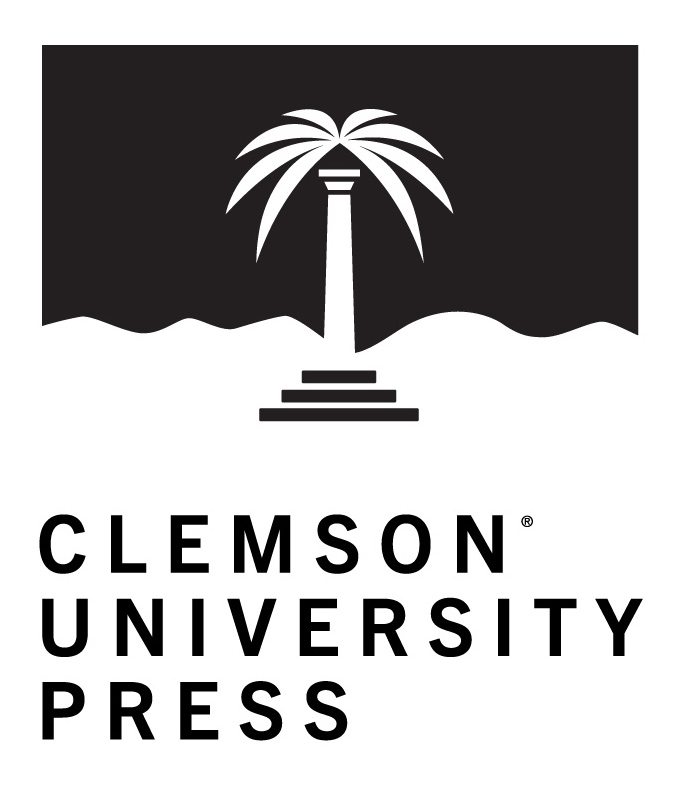DOI
https://doi.org/10.34068/IYS.04.01.01
Abstract
In the era of #MeToo and #SayHerName, internet “callout culture,”1 Trumpism, Brexit, and an unprecedented global crisis of forced displacement—all abundantly represented in various forms of media—many college students are endlessly tuned-in to the most recent culture wars. Why and how do we teach W. B. Yeats today? I studied Yeats’s “Leda and the Swan” (1924) in college as a poem about myth, centered on an epistemological question: “Did she put on his knowledge with his power[…]?” My students today consider it a “rape poem.” We celebrate the centennial of Yeats’s even-more-famous “The Second Coming” (1919), a poem I studied as a prophetic revision of the Christian apocalypse for the post-World War I moment. My current students worry about Yeats being sacrilegious and exemplifying cultural appropriation with his use of stereotypical imagery of the Middle East. Did I even recognize that the poem was set in the Middle East when I was in college? I have long acknowledged that my students teach me as much as I teach them, and that literature’s power and relevance become evident as it impacts subsequent generations in different ways.
Recommended Citation
Preston, Carrie J.
(2020)
"Teaching "Problematic" Yeats: Relevance Without Recuperation,"
International Yeats Studies: Vol. 4:
Iss.
1, Article 2.
DOI: https://doi.org/10.34068/IYS.04.01.01
Available at:
https://tigerprints.clemson.edu/iys/vol4/iss1/2



